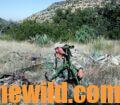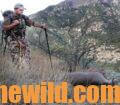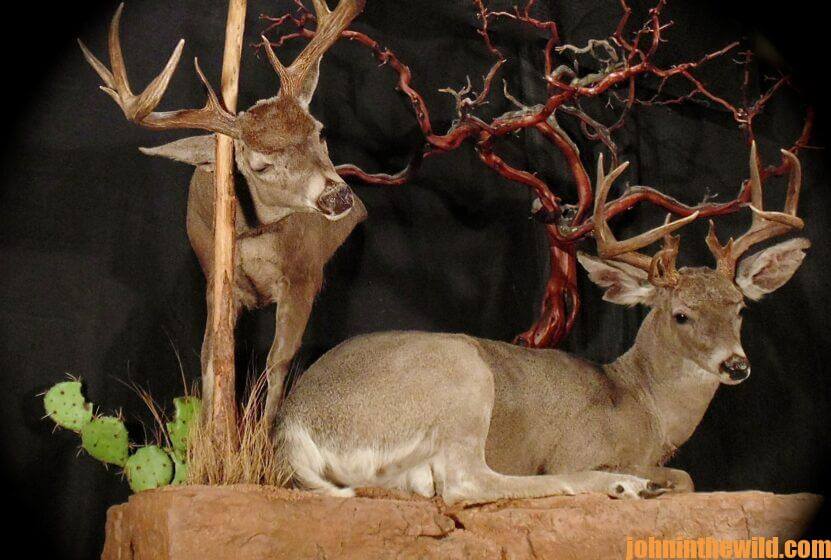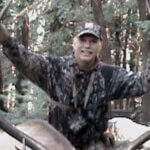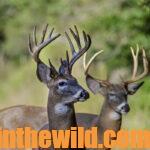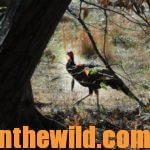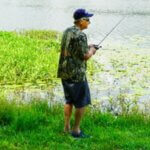Editor’s Note: Chris Denham of Chandler, Arizona, has lived in Arizona for 50+ years and started hunting when he was about 14. Denham, today the publisher of “Western Hunter Magazine” (https://westernhunter.net/), was previously an outfitter and took his first Coues deer when only 16-years old. A colonel in the U.S. Army and a naturalist, Dr. Elliott Coues, first identified a subspecies of the white-tailed deer, the Coues deer in 1865. The deer were named after him. Coues deer frequent southwestern mountain ranges that have scrub oak, manzanita, juniper, pinon pine and grassy bowls – often composed of mesquite and cacti – at elevations of 3,500 to 9,000 feet above sea level. They can survive without standing water for some time, depending on the moisture they retain from the vegetation they ingest. The top 5 Coues deer include: the Apache Buck with a B&C score of 196-2/8 points found in Graham County, AZ; the Chase Buck, 186-1/8 inches on B&C, taken in 1941 in Hidalgo County, NM; the Zellner Buck, 177-1/8 inches B&C, taken in Sonora, Mexico in 2009; a pick-up buck with 158-4/8 inches found in Santa Cruz County, AZ in 2009; a pick-up buck with antlers of 155-7/8 inches found in Sonora, Mexico in 2018. I hunted with Denham some years ago. Here’s what I learned.
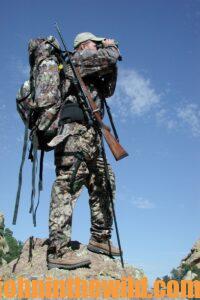
John E. Phillips: Chris, we’ve talked about using binoculars and spotting scopes to see Coues deer. Once a hunter spots a Coues deer, how does the hunt progress from there?
Chris Denham: Well, typically what I’ll do, depending on where the deer is, is look at the deer. If I think that deer isn’t going to bed down for quite awhile and instead will be feeding on a hillside for some time. I may make a mad dash and try to get closer to the deer to make my next decision. But a lot of times, you’ll see the deer at 9:30 or 10:00 am – going into a bedding area. If I’ve found a good buck that morning when I’ve seen the deer moving to their bedding area, then I’ll watch that buck for an hour to make sure he remains bedded-down. Next, I’ll try to locate a good spot to take a shot right when the deer get out of their beds. You can sit or lay somewhere and wait for deer to get-up. Three or four hours may pass before any of the deer actually stand-up. Then you can try to take the shot when they stand-up to leave their beds.
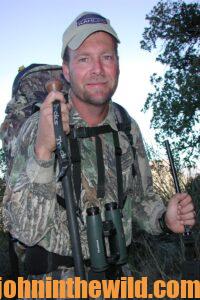
Phillips: How close will you get to the deer?
Denham: Typically, on a bedded-down deer or even on a feeding Coues deer, I’ll have had my dream come true if I can get within 100 yards of him. However, typically you’ll be 150 to 250 yards, sometimes 300 yards, away.
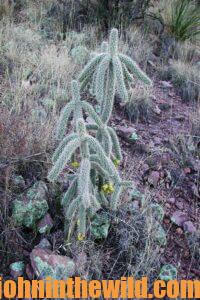
Phillips: And these deer stand how tall and weigh how much?
Denham: Coues deer are about 30 inches at the shoulder. Does weigh 60 to 80 pounds, and a mature buck will go 80 to 120 pounds.
Phillips: What about using a rifle scope?
Denham: The key with riflescopes is being able to see what you want to shoot. A hunter may come out West and have a really-good pair of binoculars and riflescope. But then when they have to shoot with an angle to the sun, their scopes won’t cut the glare. Literally in this situation, the hunter can’t see the deer through his scope. I do recommend using high-powered scopes. I would say get a minimum of a 9X to 10X on the upper end and preferably a 3.5-10X or a 4-16X scope. Many hunters use 20X or 24X scopes when they hunt Coues deer.
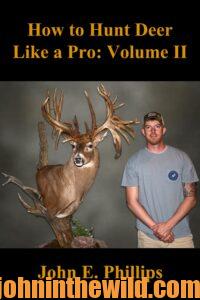
Phillips: Why is a sling on your gun so important when you hunt Coues deer?
Denham: You need a sling in these mountains because you need your hands free to constantly pick up your binoculars and glass and to free-up your hands when you’re climbing in and out of rocks. In some places out here in the mountains, you may have to do hand-over-hand to reach the perch where you’ll be glassing.
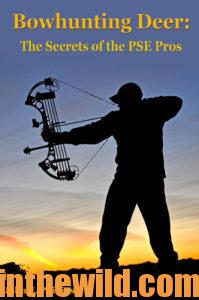 To learn more about hunting deer, * watch for John E. Phillips’ newest deer book, “How to Hunt Deer Like a Pro: Volume II,” due out in print by October 1, 2022, and in Audible by November 1, 2022. (See photo) * check out John’s book, “Bowhunting Deer: The Secrets of the PSE Pros,” and its Chapters 12 & 13 on Coues deer, available in Kindle and print at (http://amzn.to/VBr1qW), and soon to be available in mid-October in Audible. * see also, John’s book, “How to Hunt Deer Like a Pro,” available in Kindle, print and Audible versions, at (http://amzn.to/YpoQHA). You may have to copy and paste these links into your browser.
To learn more about hunting deer, * watch for John E. Phillips’ newest deer book, “How to Hunt Deer Like a Pro: Volume II,” due out in print by October 1, 2022, and in Audible by November 1, 2022. (See photo) * check out John’s book, “Bowhunting Deer: The Secrets of the PSE Pros,” and its Chapters 12 & 13 on Coues deer, available in Kindle and print at (http://amzn.to/VBr1qW), and soon to be available in mid-October in Audible. * see also, John’s book, “How to Hunt Deer Like a Pro,” available in Kindle, print and Audible versions, at (http://amzn.to/YpoQHA). You may have to copy and paste these links into your browser. 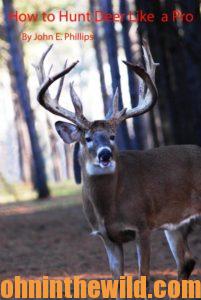
When you click on this book, notice on the left where Amazon says you can read 10% of the book for free, and you can hear 10% for free. On the right side of the page and below the offer for a free Audible trial, you can click on Buy the Audible book.
Tomorrow: Jump Coues Deer Up

